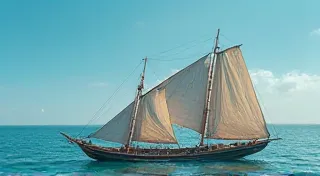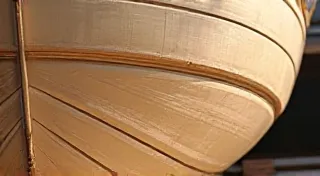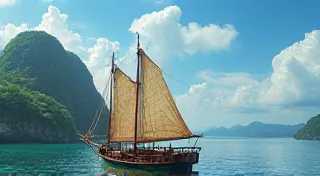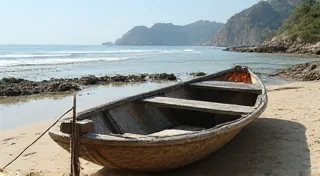The Felucca: A Timeless Sail on the Red Sea
The Red Sea, a vital waterway connecting the Mediterranean and the Indian Ocean, has fostered a unique maritime culture for centuries. Central to this culture is the Felucca, a traditional sailing boat instantly recognizable by its lateen sail. More than just a vessel, the Felucca represents a tangible link to the region’s history, a testament to ingenuity and adaptation in a challenging environment. This article will explore the Felucca’s history, its construction methods, and its continued significance in the Red Sea.
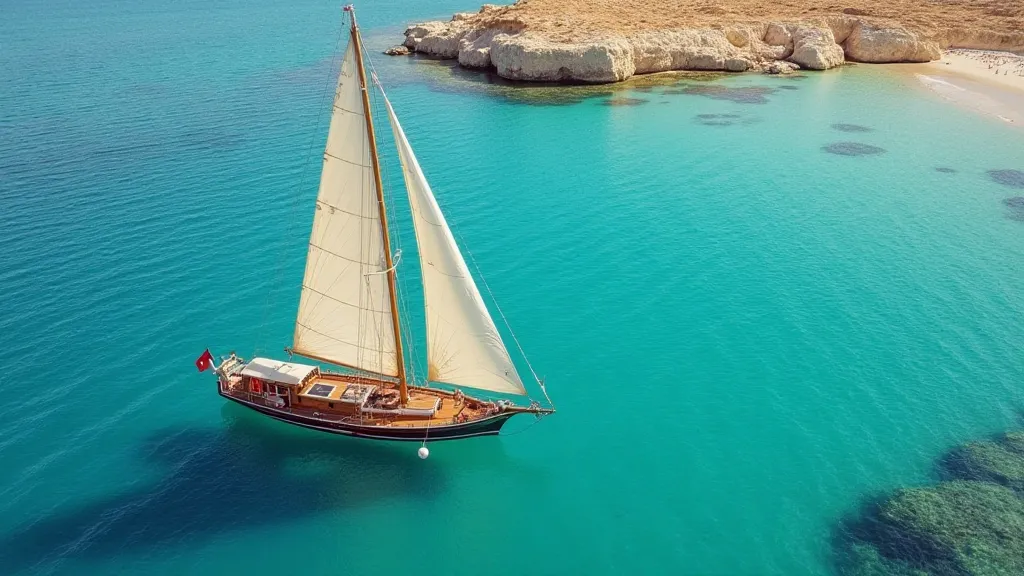
A History Rooted in Trade and Adaptation
The precise origins of the Felucca are difficult to pinpoint, as the design evolved over time, influenced by countless interactions and innovations across maritime cultures. While the lateen sail itself is believed to have originated in the Arab world and spread throughout the Mediterranean, the Felucca as we know it likely took shape between the 15th and 18th centuries. It’s a fascinating story of cross-cultural exchange, reflecting how maritime traditions blend and evolve. Trade played a critical role. Egyptian merchants, utilizing these boats, facilitated vital commerce along the Red Sea, transporting goods between ports in Egypt, Sudan, Eritrea, and beyond. The design reflects a response to the Red Sea’s conditions - strong winds and currents required a sail plan that could handle those forces while also being manageable with a relatively small crew. The Red Sea's geography itself demanded practical and adaptable solutions, driving the boat’s design forward over generations.
Boat Building Techniques: Simplicity and Strength
The Felucca’s construction reflects a resourceful approach to boat building, a testament to the skills passed down through generations of artisans. Historically, these boats were built primarily by skilled local craftsmen, often within families, ensuring the preservation of specific techniques and stylistic nuances. The process involved meticulous planning and hand-crafted precision. The emphasis was always on function and durability, reflecting the demanding conditions these vessels would face.
The hull is traditionally built using carvel planking, meaning the planks are laid edge-to-edge, creating a smooth, continuous surface. This method, though seemingly straightforward, requires incredible skill to ensure a watertight and structurally sound hull. The expertise required goes beyond simply laying planks; it’s understanding how wood reacts to saltwater, and predicting how a vessel will behave in challenging conditions. The tradition of wooden boat building echoes similar philosophies and practices in other regions. Consider, for example, the dedicated craftsmanship reflected in the building a Dhow from the Swahili Coast. Both highlight the ingenuity and cultural significance of traditional maritime practices.
Wood selection was paramount; acacia and teak were common choices, prized for their durability and resistance to marine borers. The planks were carefully shaped and fastened with wooden pegs rather than metal nails, a method preferred to avoid corrosion in the salty seawater. The choice of wood was not merely aesthetic; it was crucial for the boat’s long-term survival in the harsh Red Sea environment. The specific angles, cuts, and joins reflected not just the properties of wood but also the accumulated wisdom passed down through generations of builders – a silent testament to practicality and a deep understanding of the sea.
The lateen sail, the Felucca’s defining characteristic, is a triangular sail hung from a long spar. This design allows the boat to sail effectively against the prevailing winds, a crucial advantage in the Red Sea. The sailcloth itself was historically made from locally sourced materials, often cotton or flax, woven by skilled artisans. The simplicity of the design belies the engineering brilliance needed to harness the power of the wind effectively. The principles of sail design are rooted in generations of observations and refinements - a pursuit of efficiency and a responsiveness to the subtle nuances of the winds.
Regional Variations and Modern Relevance
While the core design remains consistent, regional variations in Felucca construction exist. Builders in Sudan, for example, often incorporate longer, narrower hulls compared to those built in Egypt. These differences reflect local preferences and the specific sailing conditions encountered in each area. The hull form, in particular, is often adapted to suit the local wind patterns and wave conditions. A skilled shipwright's intuition, honed through generations of experience, is essential in these variations.
The choice of planking method, whether employing the efficient carvel construction found in the Felucca or the clinker construction seen in other maritime cultures, impacts the character and performance of a vessel. To appreciate the breadth of maritime skill, examining the building tradition of other seafaring cultures reveals the diversity of approaches to boat building across the Indian Ocean. This attention to detail mirrors a similar dedication to preserving building traditions found in, for example, the Falmouth Working Boat – a vital link to Cornish shipbuilding history.
Today, while modern vessels have largely replaced Feluccas for commercial shipping, they remain vitally important for tourism and fishing in many Red Sea ports. Preserving the traditional building techniques is also seen as a critical element in maintaining the cultural heritage of the region. Some initiatives are underway to train new generations of boat builders, ensuring that the skills and knowledge required to construct these iconic vessels are not lost. The challenge now is to balance modern needs with the preservation of these traditional crafts. The very act of building these boats has become a cultural touchstone, a way to connect with the skills and traditions of ancestors.

Understanding the Craft: Wood, Water, and Tradition
The expertise of the Felucca builders extends beyond just following a set of instructions. It’s a deep understanding of the properties of wood, the behavior of water, and the nuances of wind and currents. The ability to anticipate how the boat will respond to different conditions is a skill passed down through generations. The tradition is woven with the practicality, with the local wisdom built into every plank and spar. It's not just about building a boat; it’s about understanding the elements and respecting the sea. The entire process - from the selection of timber to the final launch – demands respect, patience, and a deep understanding of natural forces.
A Living Legacy
The Felucca is more than just a boat; it is a symbol of the Red Sea’s rich maritime heritage. The enduring design, the traditional building methods, and the continued presence of these graceful vessels in Red Sea ports all serve as a powerful reminder of the ingenuity, resilience, and enduring cultural identity of the people who call this region home. They represent a connection to a past where sailing was not just a mode of transportation, but a way of life. Maintaining this connection requires ongoing efforts to document, preserve, and transmit these vital skills to future generations. It's a continuous cycle of learning, adapting, and innovating – all within the framework of a deeply rooted tradition.
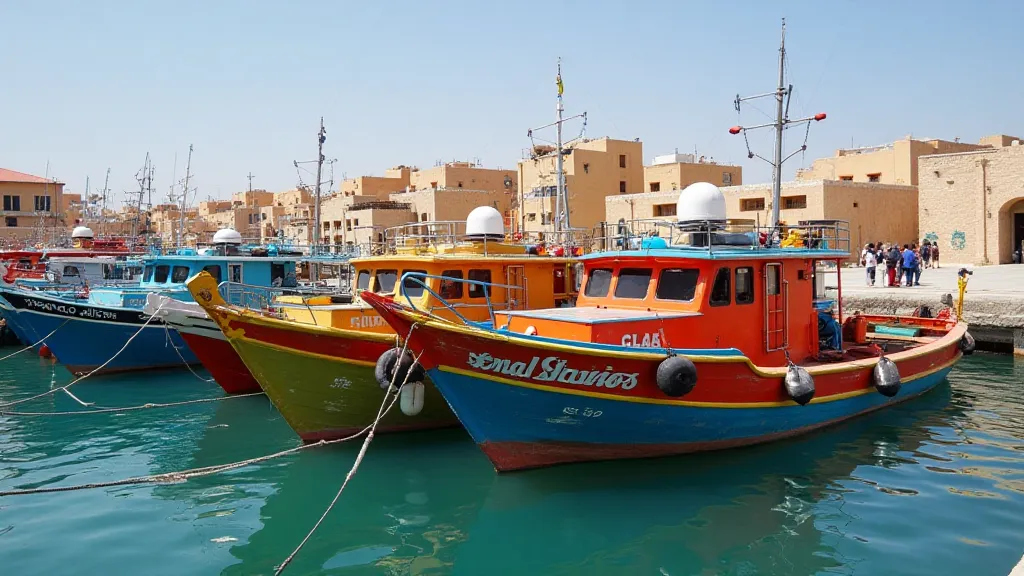
The enduring tradition of building wooden vessels speaks to the profound connection between human skill and the natural world. The craftsmanship involved goes beyond the practical; it is a form of artistic expression, a testament to the ability of humans to transform raw materials into objects of beauty and functionality. It represents a cultural legacy that deserves to be cherished and passed on to future generations. The commitment to preserving these traditions is not merely about maintaining a craft; it's about safeguarding a way of life, a connection to the past, and a source of cultural identity.

